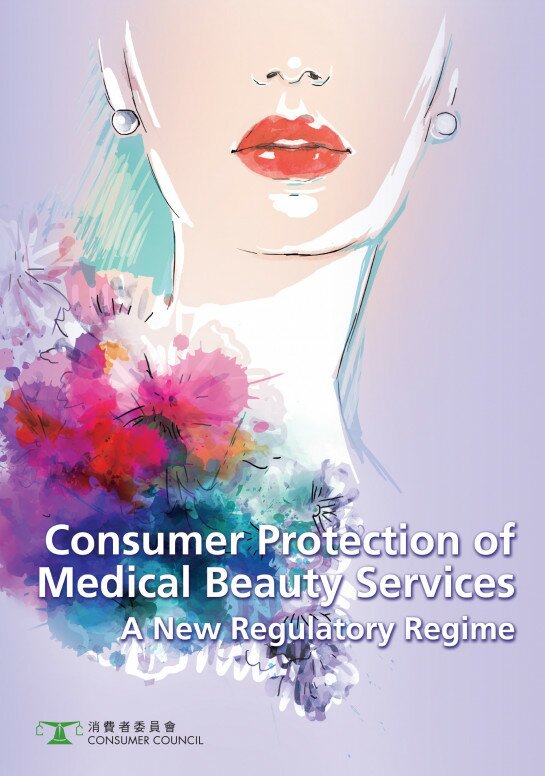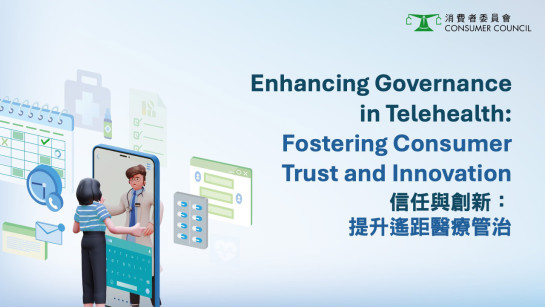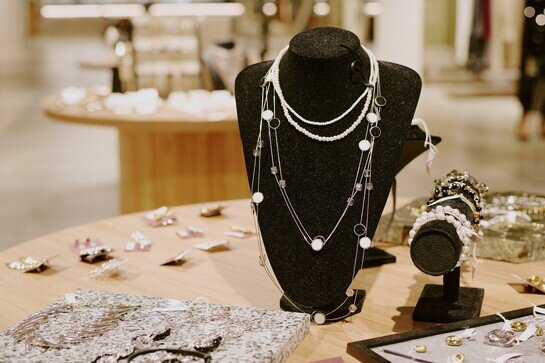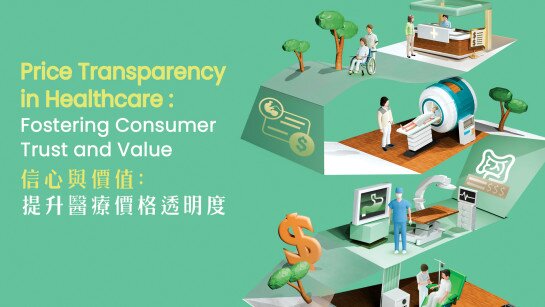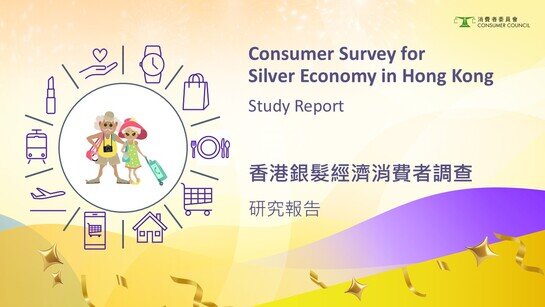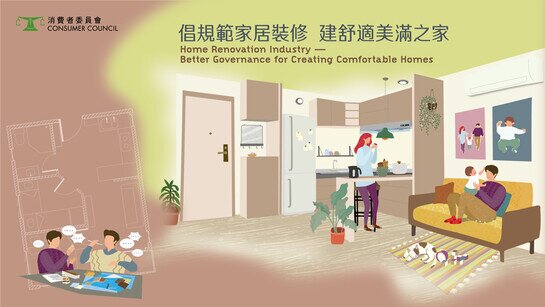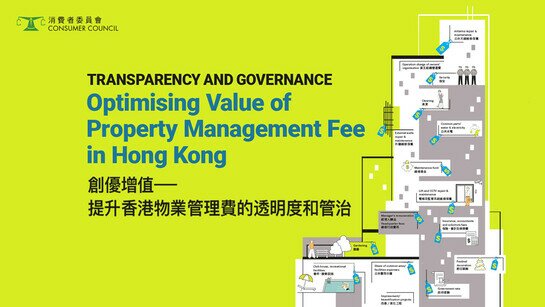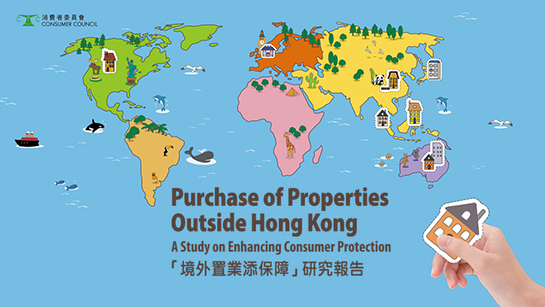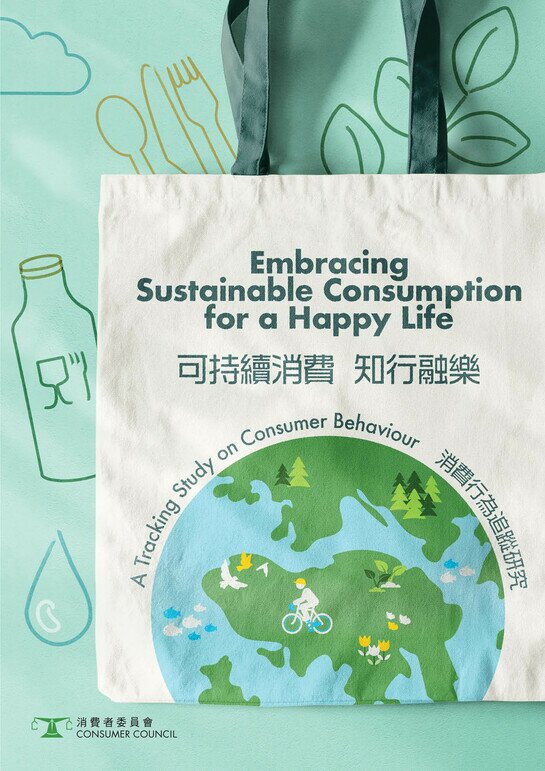EXECUTIVE SUMMARY
The term “medical beauty” has been popularly used in recent years to describe services offered to consumers that improve cosmetic appearance through the treatment of a range of conditions such as skin wrinkles, excess fat, unwanted hair, skin discoloration, moles etc. While there is no official definition of the term in Hong Kong, a Working Group on Differentiation between Medical Procedures and Beauty Services (the Working Group) set up by the Hong Kong Government (the Government), looking into regulation of the medical beauty services industry, classified medical beauty services as procedures involving skin puncture, external application of energy, mechanical/chemical exfoliation of the skin and others (such as colon hydrotherapy and hyperbaric oxygen therapy) that may pose safety concerns.
The Consumer Council (the Council) has been undertaking work in the beauty sector for many years including efforts to support the beauty sector to develop its code of practice, educate and inform consumers on potential hazards with regard to certain beauty products and services, and conciliate complaints between consumers and beauty service providers. Following the scandal of intravascular infusion at a beauty centre in 2012 and other fatal and permanent damage cases in relation to consumers’ safety and well-being as well as questionable sales practices as reported by news and complaints, the Council considers that these warrant the conduct of an in-depth study on medical beauty services in Hong Kong by:
- gauging the level of consumer understanding on medical beauty services;
- analysing key issues of concern to consumers who currently use or plan to use medical beauty services;
- examining the nature of relevant regulatory regimes that exist in other jurisdictions;
- assessing the manner in which Hong Kong should regulate medical beauty services; and
- making recommendations that will enhance consumer protection, given the serious consequences that can arise to the well-being of consumers if the services are not properly performed.
Consultation with Industry
The Council began its study by sending letters to a range of stakeholders with an interest in the industry, including traders and practitioners from the local beauty industry, experts from academia and different medical professions and relevant government departments for advice and views on the industry. Of particular interest to the Council were the views as to what constituted the term “medical beauty services”.
While there was a general consensus by both the beauty and the medical sectors that the term applied to the use of medical means, knowledge and technologies in performing beauty services, and that there were 15 procedures involving injections, mechanical or chemical exfoliation of the skin below the epidermis, hyperbaric oxygen therapy and dental bleaching recommended by the Working Group to be performed only by registered medical practitioners or registered dentists, the lack of a legal definition for the term "medical treatment" as observed by the Hong Kong Medical Association might mean that anybody could perform anything legally provided he/she does not identify himself/herself as a medical doctor. The need and the importance for a legal definition on “medical treatment” were therefore suggested.
The Council acknowledges the assistance of these stakeholders. Prior to the release of this Study, further comment from these stakeholders about the incorporation of their feedback into the Study was sought and the Council had also discussed with some industry regulators on the Council's key findings.
Scope of Council Research
Apart from seeking views from those stakeholders, that have an interest in the industry, the Council also undertook a programme of intensive research during 2016 by carrying out:
- consumer research through telephone surveys of 1,004 respondents aged 15-64; on-street interviews of 602 respondents; 6 focus group discussions of 72 respondents;
- market enquiries by Council staff posing as consumers and personally visiting 30 premises covering 9 beauty salons, 13 medical beauty centres, 4 medical beauty clinics and 4 private hospitals; and
- desktop research into the regulatory approaches that are being taken in seven selected jurisdictions i.e., Korea, Mainland China, Singapore, Taiwan, the United Kingdom, and the United States – California and Florida.



